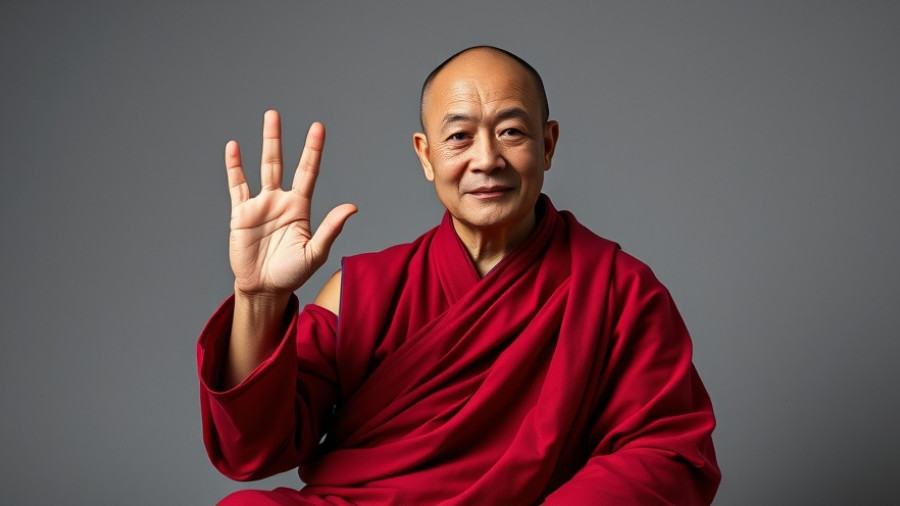
Embracing the Journey of Longing
In life, we often experience profound feelings of longing that navigate us through different chapters of existence. Susan Moon's reflections illuminate how our emotional journeys can serve as teachers, guiding us towards deeper connections with ourselves and others. This exploration of longing, from childhood through introspective moments of meditation, reveals that it's more than just a feeling; it's an invitation to discover joy and purpose within our solitude.
The Language of Longing: Seeking Connection
For many, longing is an intrinsic call to seek connection. As Moon reminisces about her childhood solitude, it exemplifies how this yearning can echo in our souls. “Longing for connection calls forth a life of connection,” she notes, encapsulating the universal experience of searching for companionship in a world that can often feel isolating.
In our own lives, this yearning can manifest in various ways. Whether it’s seeking friendships, understanding our place in the universe, or wanting to be part of something larger than ourselves, embracing this longing urges us to foster deeper relationships. As we recognize this need, we open ourselves up to experiences and communities that resonate with our inner values.
A Reflection on Childhood and the Quest for Vulnerability
Moon's childhood memories are colored with a sense of adventure—even amid feelings of loneliness. She ventures into the bushes, her secret hideaway, where the natural world captivates her imagination. Such moments remind us that vulnerability can lead to profound self-discovery. These experiences serve as testimony, illustrating that when we face our feelings of solitude, we often uncover insights about our true selves.
It is in our moments of inactivity and reflection that we find our authentic selves. This, in turn, allows us to connect genuine emotions to our life experiences, making the longing we feel not just a weight to bear but a path to personal growth.
The Role of Books in Cultivating Imagination and Connection
Wisdom comes in many forms, and literature has always provided refuge for those in search of connection. Moon's account of devouring Louisa May Alcott's novels during those summer months reveals how stories can act as companions when we feel most isolated. Engaging with books allows us to navigate our feelings of longing through shared narratives, helping us realize we are not alone in our struggles.
A similar sentiment is echoed in many spiritual traditions, where storytelling bridges the gap between isolation and understanding. In these pages, we find courage, inspiration, and reminders that our experiences, however unique, are part of the collective human experience.
Finding Meaning in Longing: An Invitation to Self-Discovery
Ultimately, the journey through longing is an invitation to self-discovery and mindfulness. “Why was there only my one small self inside my head?” Moon ponders, raising questions that resonate with anyone who has encountered their fears and desires in isolation. This stark realization can serve as a catalyst for transformation.
As we delve into our feelings, whether through meditation, reflective writing, or sharing with a trusted circle, we unlock a deeper understanding of ourselves. The practice of mindfulness can transform our loneliness into a sense of belonging, allowing us to embrace every moment, including the quiet practices of solitude.
To those who resonate with Moon's narrative, consider cultivating your own reflections on longing. Each experience, whether heavy or light, can be woven into the fabric of our understanding, offering clarity and hope for the path ahead. Remember that in embracing longing, we often find that we are never truly alone.
 Add Row
Add Row  Add
Add 




Write A Comment